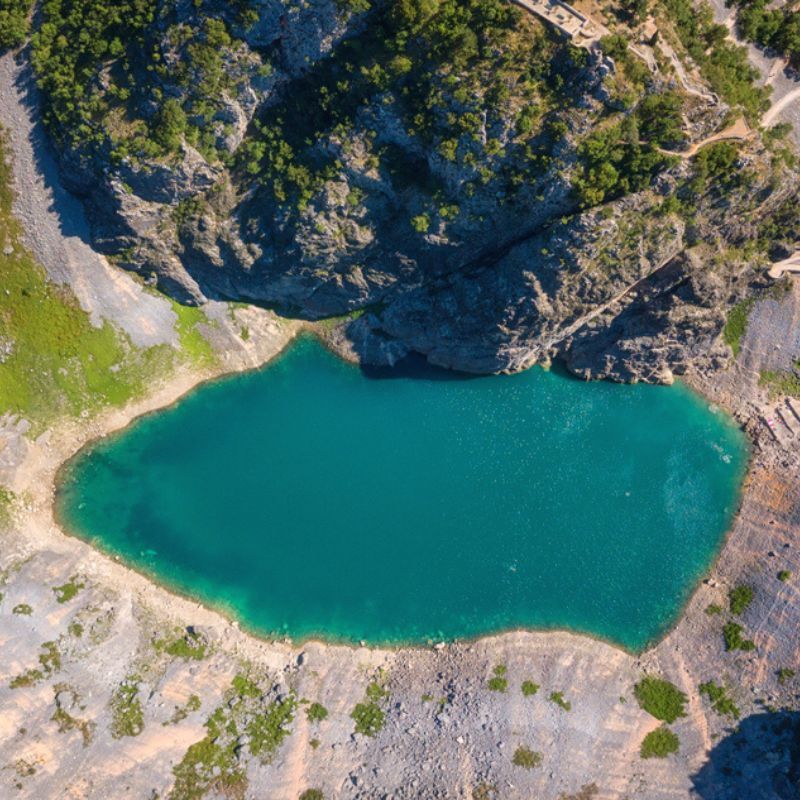
Meghalaya, one of the most stunning Northeastern abodes in India, is known for its intriguing network of caves. And recently, researchers have discovered the world’s largest cavefish in Meghalaya. One more reason for you to book your tickets? We feel you! By Kumar Shree
The fish that was discovered in the Jaintia Hills, by far, also happens to be the largest troglobitic fish known to mankind. Troglobiont is a species that is strictly bound to underground habitats and prefer living in cave-like setups. It is said to be nearly five times the average length for all the known fish species that live underground. These are also known as subterranean species.
View this post on Instagram
As of now, a total of 250 subterranean fish species are known to exist on earth. Since they live under the Earth’s surface, which has a comparatively lesser amount of food to feed on, they happen to be only a few inches in length. Against all of that, the recently discovered cavefish in Meghalaya is much bigger and heavier than the known average size and weight for such species (it is more than a foot in length).
According to a study, “These animals live in environments that are often extremely nutrient-limited because of the absence of light and primary production. Consequently, most species of subterranean fishes are of relatively small size, to survive on limited food resources.”
View this post on Instagram
In the first instance, there are resemblances between this new-found cavefish and an endangered fish species of Tor Putitora, commonly known as the Putitor mahseer, Himalayan mahseer, or golden mahseer. Though, it is highly unlikely that the two species will come out to be similar, as their habitats are way different.
Notably, the new cavefish also has missing eyes and melanin pigmentation, which further eradicates the chance of a possible similarity. However, these very elements will help in studying the evolution process of this cavefish — or such is the speculation of the scientists.
Related: Meghalaya Age Festival: Experience The Majestic Land At Its Best










